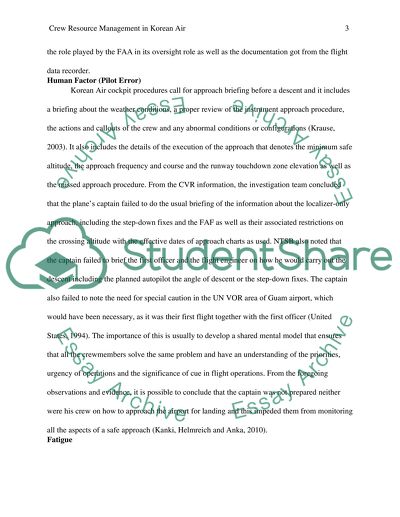Cite this document
(“CREW RESOURCE MANAGEMENT IN KOREAN AIR (Accident from Korean Air 801) Essay”, n.d.)
CREW RESOURCE MANAGEMENT IN KOREAN AIR (Accident from Korean Air 801) Essay. Retrieved from https://studentshare.org/miscellaneous/1628116-crew-resource-management-in-korean-air-accident-from-korean-air-801
CREW RESOURCE MANAGEMENT IN KOREAN AIR (Accident from Korean Air 801) Essay. Retrieved from https://studentshare.org/miscellaneous/1628116-crew-resource-management-in-korean-air-accident-from-korean-air-801
(CREW RESOURCE MANAGEMENT IN KOREAN AIR (Accident from Korean Air 801) Essay)
CREW RESOURCE MANAGEMENT IN KOREAN AIR (Accident from Korean Air 801) Essay. https://studentshare.org/miscellaneous/1628116-crew-resource-management-in-korean-air-accident-from-korean-air-801.
CREW RESOURCE MANAGEMENT IN KOREAN AIR (Accident from Korean Air 801) Essay. https://studentshare.org/miscellaneous/1628116-crew-resource-management-in-korean-air-accident-from-korean-air-801.
“CREW RESOURCE MANAGEMENT IN KOREAN AIR (Accident from Korean Air 801) Essay”, n.d. https://studentshare.org/miscellaneous/1628116-crew-resource-management-in-korean-air-accident-from-korean-air-801.


